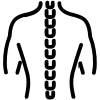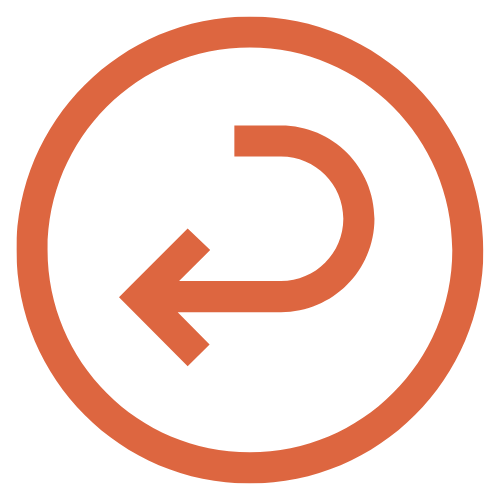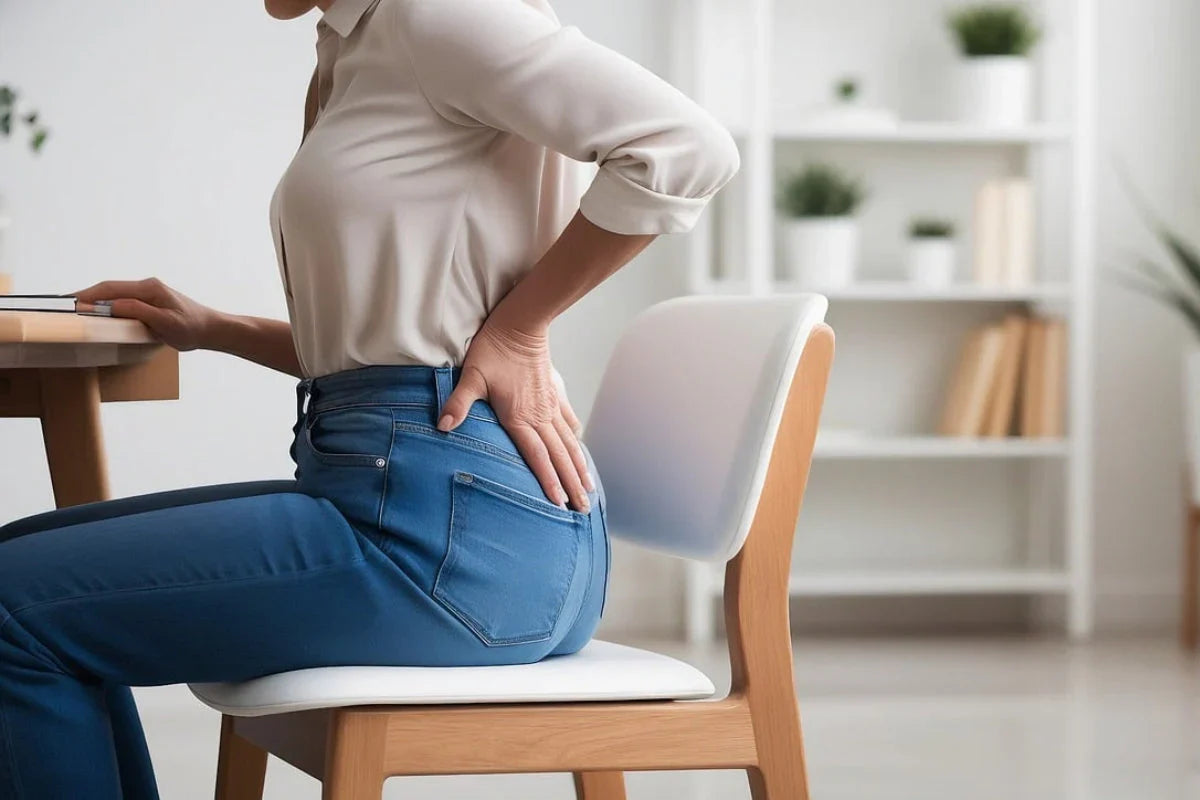The spinal column is a complex but incredibly important body structure. It holds us upright and protects our spinal cord—a central part of our nervous system. The spinal column curves naturally, but when these curves become deeper than they’re supposed to be, it can cause a number of health problems. Scoliosis, kyphosis, and lordosis are three of the most common spinal curvature disorders.
Scoliosis, Kyphosis, Lordosis
Your spinal column has natural curves that help it support your bodyweight and make certain movements, like walking, more efficient. Lordosis and kyphosis, for example, are names given to curves that occur naturally in the spine; they only become problems when the curve becomes excessive.
Spinal Curves
Your spine has four natural curves: the thoracic kyphosis, sacral kyphosis, cervical lordosis, and lumbar lordosis. The cervical and lumbar curves are lordosis (inward) curves, and the thoracic and sacral curves form kyphosis (outward) curves.
Kyphosis
Your spine has two kyphosis curves: the thoracic kyphosis, which is located at chest level (at the T1 to T12 vertebrae), and the sacral kyphosis, which is located at the level of the sacrum and coccyx (at the S1 vertebrae and lower). Both curve outward.
These kyphosis curves allow your spinal column to support the weight of your head and upper body.
Lordosis
Your body also has two lordosis curves: the cervical lordosis, located at the level of the neck (the C1 to C7 vertebrae) and the lumbar lordosis, located in the lower back (L1 to L5). Both curve inward.
The lordosis curves support your posture and mobility. They help your spine efficiently support your bodyweight.
Scoliosis
Scoliosis is a sideways bend of your spine into an S or C shape. While lordosis and kyphosis are curves occurring naturally in the spine that can become exaggerated, scoliosis is always an abnormality. It is possible to have a minor case of scoliosis without any more serious issues. However, more severe cases can cause numerous health complications, including pain, trouble breathing, and even a limited ability to move.
Spinal Curvature Disorders
The spine curves naturally, but when these curves become excessive, it can affect not just your posture but your overall health.
Scioliosis
Scoliosis isn’t a natural curve, but a disorder in which the spine bends into an S or C shape. There are two kinds of scoliosis: functional, which has an external cause and tends to be easier to correct, and structural, a more serious kind of scoliosis resulting from a structural abnormality in the spinal column. Functional scoliosis can be caused by poor posture, sciatica, or a difference in leg length. It is often worsened by imbalances in the paraspinal muscles. Structural scoliosis, on the other hand, is generally caused by genetic factors, neuromuscular diseases (like muscular dystrophy), or birth defects.
Kyphosis
Kyphosis, also called hyperkyphosis, happens when the back’s natural outward kyphosis curve becomes excessive, giving the back an arched shape or “hunchback.” Hyperkyphosis results from an excessive outward curve in the thoracic column. Cervical hyperkyphosis, also known as “Military Neck,” happens when when there is too strong of an inward curve in the upper dorsal vertebrae or the lower cervical vertebrae.
Aging, poor posture, osteoporosis, degenerative diseases like arthritis, and Scheuermann disease (abnormal vertebral growth during adolescence) are some of the top causes of kyphosis. Make sure not to confuse kyphosis with “Buffalo Hump,” which is not a spinal curvature disorder but a layer of fat between the shoulder blades that can create a similarly hunched appearance. This condition tends to result from illnesses like Cushing’s syndrome and from taking certain medications.
Lordosis
Lumbar hyperlordosis is an excessive curve in the lower back, while cervical hyperlordosis affects the natural curve of the neck. Lumbar hyperlordosis generally results from poor posture, pregnancy, obesity, weak core muscles, or spondylolishthesis. Cervical hyperlordosis is often due to neck injuries or congenital health conditions.
Caring for Scoliosis, Kyphosis, and Lordosis
Monitor Your Condition
It is critical to regularly see your doctor to monitor the progression of your curvature disorder. Clinical exams and X-rays can help your doctor determine the treatment most appropriate for your situation.
Wear a Medical Corset
For growing adolescents, a medical corset can keep an abnormal spinal curve from worsening. No matter what spinal curvature disorder you may have, a corset can help you more easily maintain a healthy posture. Make sure to wear the corset regularly and to follow your doctor’s instructions for how to use it.
See a Physical Therapist

Physical therapy can strengthen your back muscles, improve your posture, and increase your flexibility. It’s highly effective for most kinds of kyphosis. For lordosis and scoliosis, it can both relieve pain and help you better your posture.
If you want to learn more about how proper posture prevents back pain and protects your spine, read our article Your Guide to Better Posture.
For more information about physical therapy, we recommend consulting the website of the American Physical Therapy Assocation.
Manage Your Weight and Live a Healthy Lifestyle

Living a healthy lifestyle and engaging in regular physical activity reduces your risk of developing spinal curvature disorders. Using ergonomic furniture can support better posture and prevent not only back problems but health problems more generally.
To learn more about why posture is important, read our article Your Guide to Better Posture.
If you’re curious about ergonomic furniture and how to create an ergonomic workspace, check out our article How to Make Your Workspace More Ergonomic.
If Necessary, Have Surgery
When other methods don’t work, surgery can be used as a last resort. Surgical interventions aim to correct the curve in the spinal column and stabilize the spine, lessening pain in the process. For more information on spine surgeries, refer to the American Academy of Orthopaedic Surgeons.
Strength Train and Stretch
Strength training and stretching are important for maintaining your flexibility and strengthening your back. Depending on the seriousness of your symptoms, your doctor might recommend certain exercises to help manage your scoliosis, kyphosis, or lordosis. Posture exercises can also help you correct muscular imbalances and improve the alignment of your spinal column.

If you’re looking for exercises to prevent back pain and improve your posture, read our articles:
10 Easy Ball Seat Exercises to Keep You Active at Work
12 Stretches You Can Do at Your Desk to Relieve Stress and Muscle Tension
The spine’s natural curvature is critical to its ability to support and move our bodies. However, when those curves become excessive, disorders like scoliosis, kyphosis, and lordosis can arise—and cause major problems for our health. Healthy habits, like good posture, go a long way in preventing spinal curvature disorders.











